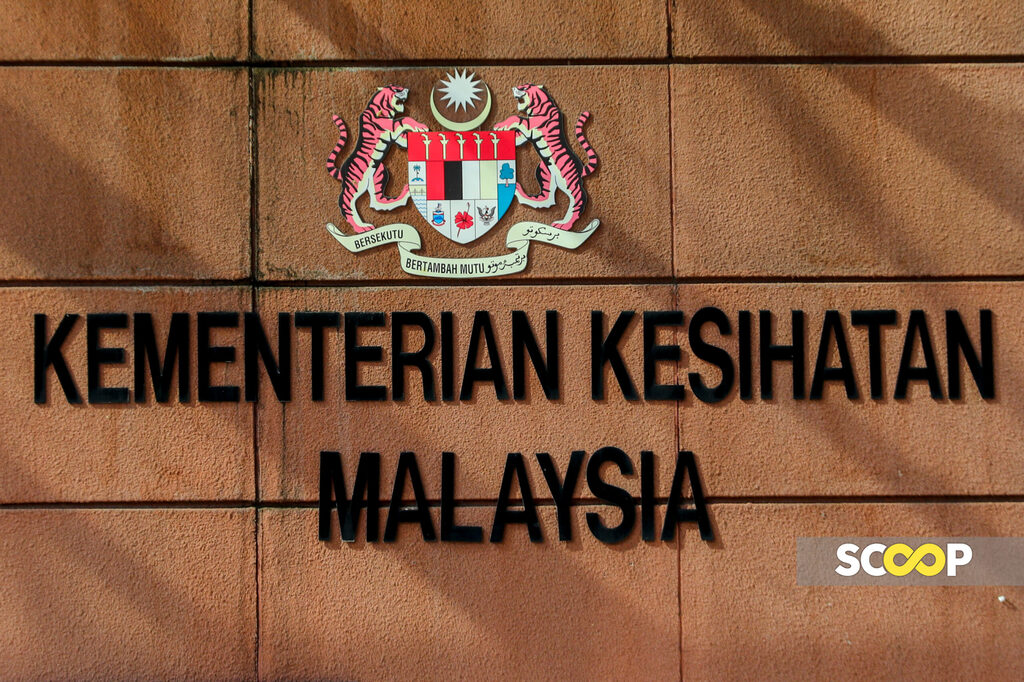KUALA LUMPUR — Government hospitals and clinics have been spending 30% more on medicines over the last eight years, reaching RM3 billion in 2023, Health Minister Datuk Seri Dr Dzulkefly Ahmad told the Dewan Rakyat today.
He said in 2015, expenditure on medicines was RM2.3 billion, while the total spent on medicines for the eight years was RM23.25.
Dzulkefly attributed the increased allocation for spending to the rise in medicine prices.
Other factors include the higher number of patients, and the use of new, patented medications, which are typically more expensive, Bernama reported him saying during the question and answer session today.
“According to the Statistics of the Pharmaceutical Services Programme, a total of RM23.25 billion has been spent on medications from 2015 to 2023.
“The ministry projects that the expenditure on medication at Health Ministry facilities will continue to increase annually,” he in reply to a question from Azli Yusof (Shah Alam-PH) about the total annual expenditure on medicines for public hospitals and clinics since 2015 and the estimated spending for the next five years.
Azli also asked about the ministry’s plans to ensure the country’s medicine supply security through the development of technology and local production capacity.
According to Dzulkefly, several strategies had been developed based on the National Medicines Policy (DUNas) under its Access to Medicines Component to safeguard the nation’s medicine security.
He said that among the strategies implemented were ensuring the availability of medicines under the National Essential Medicine List (NEML) by encouraging local manufacturing, prioritising product evaluation and registration, and enhancing supply chain transparency through the development of a pharmaceutical product tracking and tracing system.
“In addition, the ministry is collaborating with all stakeholders in the country’s pharmaceutical ecosystem, covering areas such as pre-clinical and clinical studies, manufacturing and distribution.
“Through this engagement session, we aim to identify the strengths and potential of the local pharmaceutical industry to be included in the action plan and the ASEAN Drug Security and Self-Reliance (ADSSR) strategic collaboration,” he said. – November 19, 2024

